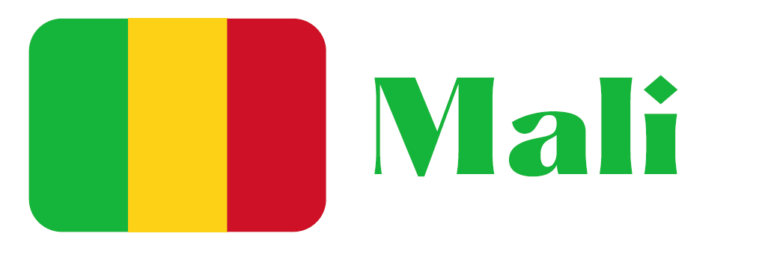Ethiopia
Ethiopia is a country with an incredibly long and rich history. It is known as the oldest independent
country in Africa and has a culture that can be traced back over 3,000 years. From kings to emperors to
presidents, Ethiopia has seen many different forms of government throughout its existence, and today it
stands as one of the fastest growing economies on the continent. Let’s take a look at what makes
Ethiopia so unique.
The current Ethiopian flag was adopted in 1996 following the overthrow of the Derg military regime. The
tricolor design features three horizontal stripes—green for land, yellow for peace, and red for power—
and a blue pentagram representing unity between the nations five major ethnic groups (Amhara,
Oromo, Somali, Tigrayan, and Sidama). The flag also includes a yellow lion holding spears on each side of
a gold shield with 12 rays emanating from it to symbolize power coming from God.
From 1974-1991 Emperor Haile Selassie I was the leader of Ethiopia until he was overthrown by
members of his own army during what is now known as “the Red Terror”. In 1991 Mengistu Haile
Mariam came to power after establishing a socialist state backed by Soviet Union funding which
cemented his rule until he was forced out in 1995 by rebel forces led by Meles Zenawi who became
prime minister until his death in 2012 when Hailemariam Desalegn took up the role until 2018 when
Abiy Ahmed Ali began his term as Prime Minister.
Today Ethiopia is one of the fastest growing economies in Africa and continues to experience rapid
development both economically and politically. Much of this success can be attributed to two main
factors: firstly, its strategic location near several oil-producing countries; secondly, its abundant natural
resources including water, minerals and agricultural commodities such as coffee which account for
nearly half of the country’s exports. Its economy has been steadily increasing since 2004 with an average
growth rate estimated at 8%. This economic success has allowed Ethiopia to become an important
regional player in East Africa while also investing heavily in infrastructure projects such as electric grids,
roads and telecommunications networks.
Ethiopia is an ancient yet modern nation located in East Africa that has experienced much change over
its long history but has always managed to remain independent despite various foreign occupations or
threats. With its strong economy driven by natural resources such as coffee production combined with
strategic investments made into infrastructure projects like telecom networks and electric grids, it’s no
wonder why Ethiopia continues to be an important player on the global stage both politically and
economically. From its iconic flag featuring five distinct colors representing different ethnicities living
within its boundaries to having had many different leaders throughout its history; there are many things
that make Ethiopia unique and worth exploring further!







